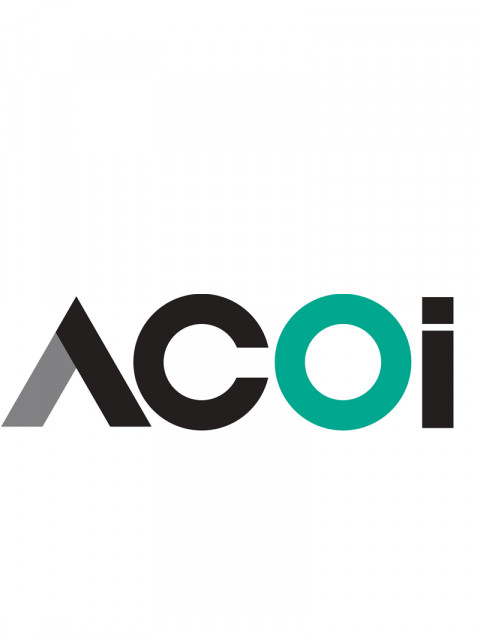
Senate Requests Update on NIH Research Opportunities for Colleges of Osteopathic Medicine
by ACOI
August 18, 2025
The Senate Appropriations Committee approved its Fiscal Year (FY) 2026 Labor, Health and Human Services, and Education (LHHS) spending bill on July 31 by a vote of 26 to 3. The bill includes $48.7 billion for the National Institutes of Health (NIH) — an increase of $400 million over the FY 2025 level.
The Senate report that accompanies the bill includes language requesting an update on how the NIH Institutes and Centers are expanding research and representation opportunities for Colleges of Osteopathic Medicine.
Osteopathic Medical Schools: Colleges of Osteopathic Medicine educate more than 25 percent of all the Nation’s medical students and prioritize research and training in primary care and rural and underserved healthcare. The Committee understands osteopathic medical schools and their principal investigators are welcome to review and apply for any NIH funding opportunities in the same way other organizations seeking NIH support do and that the same is true for Doctors of Osteopathy (DOs) on NIH National Advisory Councils and study sections. Further, the Committee recognizes the historic relationship between osteopathic medicine and the research priorities of NCCIH but that DOs have been designated on applications submitted to and awarded from other NIH Institutes and Centers. The Committee encourages NIH to continue engaging with researchers from Colleges of Osteopathic Medicine, encouraging them to apply for available funding opportunities across NIH Institutes and Centers, and requests an update in the fiscal year 2027 CJ of how Institutes and Centers are expanding research and representation opportunities for Colleges of Osteopathic Medicine.
The report also encourages the Centers for Medicare and Medicaid Services (CMS) to support access to non-pharmacologic treatments, like osteopathic manipulative treatment, for back and other pain.
Non-pharmacologic Treatments for Pain: Non-pharmacologic treatments for pain management have shown to be effective in reducing pain and reliance on prescription opioids. The Committee encourages CMS to support access to non-pharmacologic treatments, like osteopathic manipulative treatment and other alternative treatments as appropriate, for back and other pain.
The House Appropriations Committee is expected to consider its version of the LHHS bill in early September.

